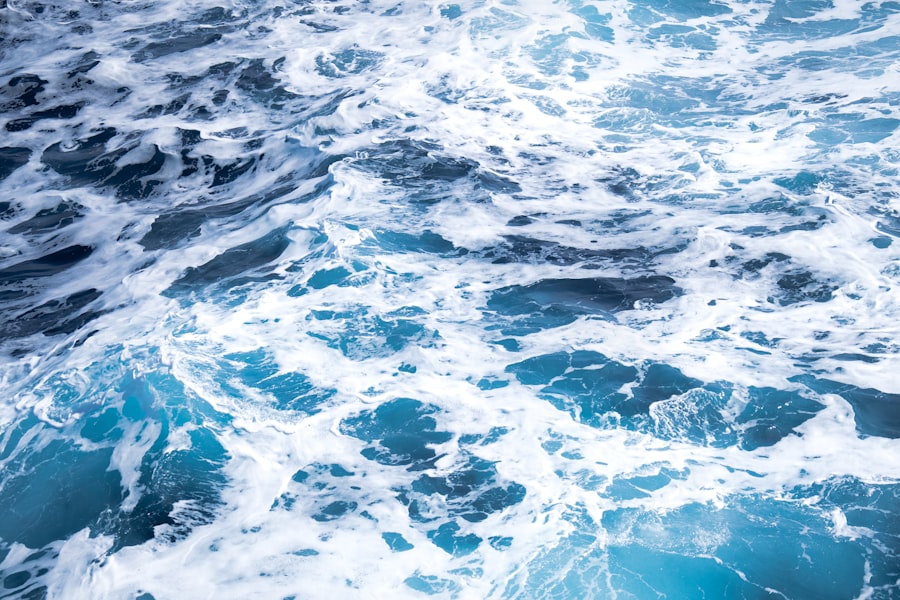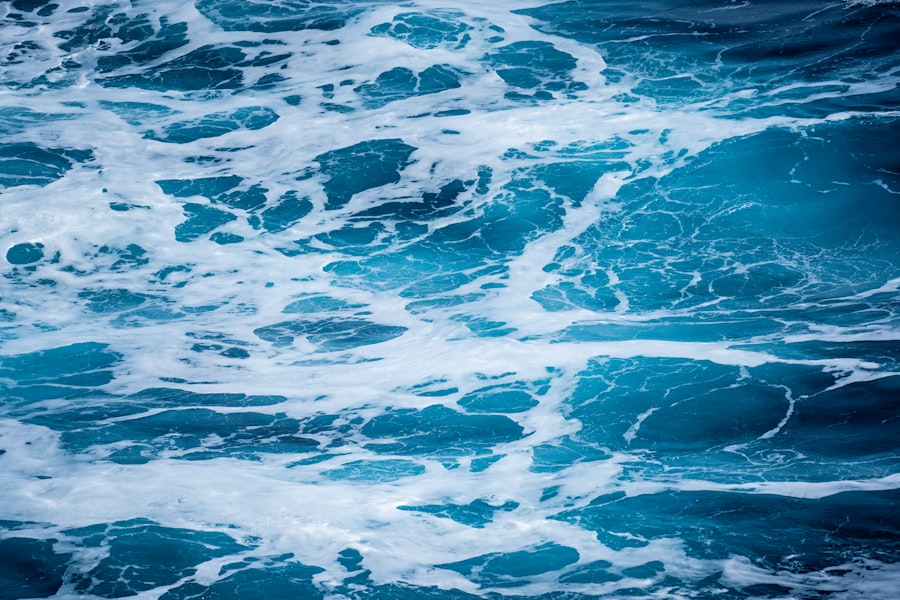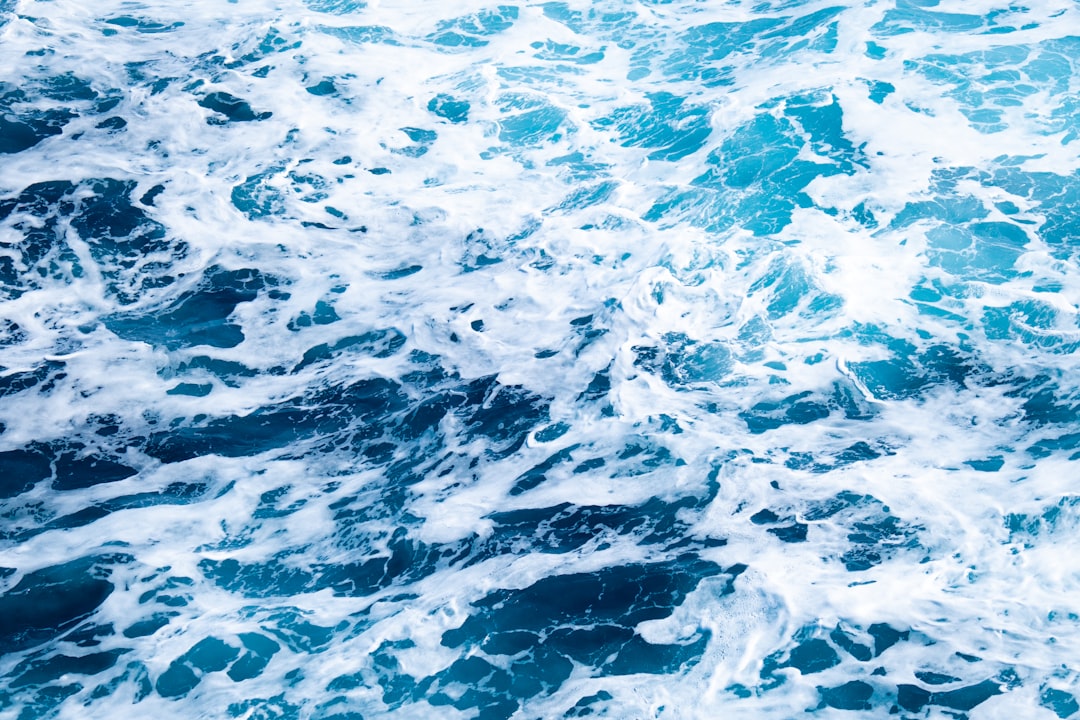The Drake Passage, a body of water that separates South America from Antarctica, is renowned for its tumultuous seas and unpredictable weather. Stretching approximately 800 kilometers (500 miles) from Cape Horn to the Antarctic Peninsula, this passage is not only a critical route for maritime navigation but also a significant area for scientific research and wildlife observation. The waters of the Drake Passage are often characterized by their rough conditions, making it a formidable challenge for even the most seasoned sailors.
Its historical significance is underscored by the many explorers who have traversed these waters, seeking new lands and knowledge. The Drake Passage is often referred to as the “Sailor’s Grave” due to its notorious reputation for fierce storms and high waves. The confluence of the Atlantic and Pacific Oceans creates a unique environment where currents collide, resulting in unpredictable swells and winds.
This geographical feature has made the passage a focal point for maritime studies, as it serves as a natural barrier that influences oceanic currents and weather patterns across the globe. For adventurers and researchers alike, navigating the Drake Passage is both a rite of passage and a test of skill, endurance, and respect for nature’s power.
Key Takeaways
- The Drake Passage is a treacherous body of water located between South America’s Cape Horn and the South Shetland Islands of Antarctica.
- Navigating the Drake Passage presents challenges such as extreme weather conditions, strong winds, and rough seas, making it one of the most dangerous sea routes in the world.
- Barbara Hernandez, a veteran captain with extensive experience in the Drake Passage, has mastered the art of navigating through its unpredictable waters.
- Proper preparation for a journey through the Drake Passage involves thorough planning, safety drills, and ensuring the seaworthiness of the vessel.
- Navigational strategies for the Drake Passage include using advanced technology, monitoring weather patterns, and maintaining constant communication with other vessels for safety.
The Challenges of Navigating the Drake Passage
Navigating the Drake Passage presents numerous challenges that can test the mettle of even the most experienced mariners. The unpredictable weather patterns, characterized by sudden storms and shifting winds, can create treacherous conditions that require constant vigilance. Sailors must be prepared for everything from calm seas to towering waves that can reach heights of over 30 feet.
This variability demands not only skillful seamanship but also an intimate understanding of the local weather systems and ocean currents. Moreover, the isolation of the Drake Passage adds another layer of complexity to navigation. With limited access to immediate assistance, sailors must be self-reliant and well-prepared for emergencies.
The remoteness of the area means that communication can be sporadic, and rescue operations may take considerable time to mobilize. As such, mariners must equip their vessels with advanced navigational tools and safety equipment while also honing their skills in seamanship and crisis management.
Barbara Hernandez: A Veteran Captain in the Drake Passage

Barbara Hernandez stands out as a veteran captain who has spent years mastering the intricacies of navigating the Drake Passage. With a wealth of experience under her belt, she has become a respected figure in the maritime community, known for her deep understanding of the passage’s challenges and her unwavering commitment to safety. Her journey into the world of sailing began at a young age, fueled by a passion for adventure and exploration.
Over the years, she has developed a reputation for her ability to navigate even the most treacherous waters with confidence and skill. Hernandez’s extensive experience in the Drake Passage has equipped her with invaluable insights into its unique characteristics. She has learned to read the subtle signs of changing weather patterns and ocean currents, allowing her to make informed decisions that enhance safety and efficiency during voyages.
Her leadership style emphasizes teamwork and communication, fostering an environment where crew members feel empowered to contribute their knowledge and skills. Through her dedication to mentoring aspiring sailors, Hernandez has played a pivotal role in shaping the next generation of mariners who will navigate these challenging waters.
Preparing for a Journey through the Drake Passage
| Preparation | Details |
|---|---|
| Weather | Check weather forecasts for the Drake Passage |
| Clothing | Pack warm and waterproof clothing |
| Medication | Bring seasickness medication |
| Navigation | Study the route and navigation plan |
Preparation is key when embarking on a journey through the Drake Passage, and Barbara Hernandez emphasizes the importance of thorough planning.
This proactive approach allows her to anticipate changes in conditions and adjust their course accordingly.
Additionally, she conducts safety drills with her crew to ensure that everyone is familiar with emergency procedures and knows how to respond in case of unexpected situations. In addition to logistical preparations, Hernandez also focuses on mental readiness. The psychological demands of navigating the Drake Passage can be significant, as sailors must remain alert and adaptable in the face of rapidly changing conditions.
She encourages her crew to cultivate resilience and maintain a positive mindset, emphasizing that teamwork and camaraderie are essential for overcoming obstacles together. By fostering a supportive atmosphere, Hernandez ensures that her crew is not only physically prepared but also mentally equipped to face the challenges ahead.
Navigational Strategies for the Drake Passage
Navigational strategies in the Drake Passage require a combination of traditional seamanship skills and modern technology. Barbara Hernandez employs a range of techniques to ensure safe passage through these unpredictable waters. One key strategy involves utilizing advanced navigational tools such as GPS systems and radar to monitor real-time conditions.
These technologies provide valuable data on vessel position, weather patterns, and potential hazards, allowing Hernandez to make informed decisions about course adjustments. In addition to technology, Hernandez relies on her extensive experience and intuition gained from years of sailing in the Drake Passage. She emphasizes the importance of understanding local currents and tides, which can significantly impact navigation.
By studying historical data and observing patterns during previous voyages, she has developed a keen sense of timing when it comes to entering or exiting the passage. This blend of technological proficiency and experiential knowledge enables her to navigate safely through one of the world’s most challenging maritime environments.
Safety Measures in the Drake Passage

Safety is paramount when navigating the Drake Passage, and Barbara Hernandez prioritizes comprehensive safety measures on board her vessel. She ensures that all crew members are well-trained in emergency protocols, including man-overboard procedures, fire drills, and medical response training. Regular safety briefings help reinforce these protocols and keep everyone informed about potential risks associated with navigating this challenging waterway.
In addition to crew training, Hernandez emphasizes the importance of maintaining equipment in optimal condition.
She also advocates for carrying extra supplies, including food, water, and medical kits, to prepare for unforeseen circumstances.
By fostering a culture of safety on board, Hernandez instills confidence in her crew while minimizing risks associated with navigating the unpredictable waters of the Drake Passage.
Wildlife Encounters in the Drake Passage
The Drake Passage is not only known for its challenging navigation but also for its rich biodiversity. Sailors traversing these waters often encounter an array of wildlife that thrives in this unique marine environment. Barbara Hernandez has had countless opportunities to observe magnificent creatures such as whales, seals, and various seabird species during her journeys through the passage.
These encounters serve as reminders of nature’s beauty amidst the challenges posed by the sea. Hernandez encourages her crew to appreciate these wildlife encounters as part of their journey. She often pauses during voyages to allow crew members to observe whales breaching or seabirds soaring overhead.
These moments foster a deeper connection between sailors and nature while highlighting the importance of conservation efforts in protecting these fragile ecosystems. By sharing her passion for wildlife observation with her crew, Hernandez instills a sense of responsibility toward preserving the natural wonders encountered in the Drake Passage.
Weather Patterns in the Drake Passage
The weather patterns in the Drake Passage are notoriously unpredictable, influenced by various factors such as ocean currents, atmospheric pressure systems, and geographical features. Barbara Hernandez has learned to navigate these complexities through years of experience and observation. She understands that conditions can change rapidly, requiring sailors to remain vigilant and adaptable at all times.
One common phenomenon in the Drake Passage is the occurrence of strong winds known as “the Roaring Forties.” These winds can create formidable waves that pose significant challenges for navigation. Hernandez closely monitors weather forecasts and utilizes satellite imagery to track storm systems approaching the passage. By staying informed about potential weather changes, she can make timely decisions regarding course adjustments or delays in departure.
The Importance of Experience in Navigating the Drake Passage
Experience plays a crucial role in successfully navigating the Drake Passage, as it equips sailors with invaluable knowledge about its unique challenges. Barbara Hernandez’s extensive background in maritime navigation has allowed her to develop an intuitive understanding of this complex environment. Her ability to anticipate changes in weather patterns and ocean currents stems from years spent honing her skills on these waters.
Moreover, experience fosters confidence among crew members during challenging situations. Hernandez’s calm demeanor in adverse conditions reassures her team that they are in capable hands. Her leadership style encourages open communication, allowing crew members to share their observations and insights based on their own experiences.
This collaborative approach enhances decision-making processes while reinforcing a sense of camaraderie among those on board.
Tales from the Drake Passage: Barbara Hernandez’s Most Memorable Journeys
Throughout her career as a captain in the Drake Passage, Barbara Hernandez has accumulated numerous memorable stories that highlight both the challenges and triumphs of navigating these waters. One particularly harrowing journey involved encountering an unexpected storm that forced her crew to take shelter in a nearby cove until conditions improved. During this time, they witnessed breathtaking displays of nature’s power as towering waves crashed against rocky cliffs.
Another unforgettable experience occurred when Hernandez’s vessel was surrounded by a pod of humpback whales during a calm afternoon crossing. The sight was awe-inspiring as these majestic creatures breached and played alongside their boat. Moments like these serve as reminders of why many sailors are drawn to this remote region—the thrill of adventure intertwined with profound connections to nature.
Navigating the Drake Passage with Barbara Hernandez
Navigating the Drake Passage is an endeavor that requires skill, preparation, and respect for nature’s forces—qualities embodied by veteran captain Barbara Hernandez. Her extensive experience equips her with invaluable insights into this challenging maritime environment while fostering a culture of safety among her crew members. Through meticulous planning and effective communication strategies, she ensures that each journey through these waters is not only successful but also enriching.
As sailors embark on their own adventures through the Drake Passage under Hernandez’s guidance, they are reminded of both its challenges and its beauty—the unpredictable weather patterns juxtaposed against breathtaking wildlife encounters create an unforgettable experience for all who dare to traverse this remarkable body of water. In doing so, they carry forward a legacy rooted in exploration, camaraderie, and respect for one of nature’s most awe-inspiring landscapes.
Barbara Hernandez’s remarkable journey through the Drake Passage is a testament to human endurance and the spirit of adventure. For those interested in exploring more about such incredible feats and the geographical challenges they entail, a related article can be found on MyGeoQuest. This platform offers insights into various geographical quests and adventures. You can read more about similar explorations by visiting their sample page, which provides a deeper understanding of the challenges faced by adventurers like Hernandez.
WATCH NOW! Drake Passage: Earth’s Deadliest Waters Revealed
FAQs
What is the Drake Passage?
The Drake Passage is the body of water between the southern tip of South America and the northern tip of the Antarctic Peninsula. It connects the Atlantic Ocean to the Pacific Ocean.
Who is Barbara Hernandez?
Barbara Hernandez is a renowned marine biologist and oceanographer who has conducted extensive research in the Drake Passage. She is known for her work in studying the marine life and ocean currents in this challenging and remote region.
What is the significance of studying the Drake Passage?
Studying the Drake Passage is important for understanding the dynamics of ocean currents, climate patterns, and marine ecosystems in the Southern Ocean. It also provides valuable insights into the impact of climate change on this region.
What are some of the challenges of conducting research in the Drake Passage?
The Drake Passage is known for its rough seas, strong winds, and extreme weather conditions, making it a challenging environment for research expeditions. Access to the region is also limited due to its remote location and harsh climate.
What are some of the key findings from Barbara Hernandez’s research in the Drake Passage?
Barbara Hernandez’s research has contributed to our understanding of the complex ocean currents and marine biodiversity in the Drake Passage. Her work has also shed light on the role of the region in global climate systems and the potential impacts of environmental changes.
